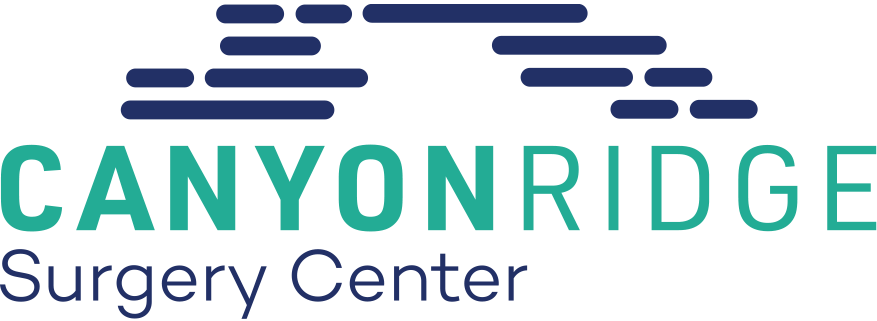Platelet-rich plasma (PRP) injections use blood platelets drawn from the patient's own blood to help speed healing. The procedure, which is still considered experimental, has been used to treat tendon, muscle, and ligament injuries; osteoarthritis; and hair loss. It's also been used to speed healing from surgery. PRP is believed to be beneficial because platelets contain growth factors that help you heal.
Platelet-rich Plasma Injection
- How is PRP done?
- What happens after the procedure?
- What are the risks?
- Is platelet-rich plasma injection right for you?
Your medical team will first draw blood from you. Then they'll put your blood in a centrifuge, which separates the platelets from the rest of the blood. That provides a fluid with a higher concentration of platelets that can be used to treat you. Once the centrifuge process is complete, the PRP is reinjected into the injured area of the body. Your doctor can put an anesthetic on your skin to numb the pain of the needle sticks.
The whole process takes less than an hour, and you will be able to go home the same day. In most cases, you should be able to continue with your normal activities. It may take several weeks before you notice an improvement from the treatment.
The most common side effect is pain and sometimes inflammation from getting an injection. Other side effects, such as infection, tissue damage, or nerve injuries, are possible but rare.
You may be a good candidate for PRP if you have a rotator cuff tear, Achilles tendon rupture, tennis elbow, golfer's elbow, or similar injury. Sometimes the treatment is also used for osteoarthritis and hair loss. If you have a bleeding disorder or take anti-coagulation medicine, the procedure is not recommended.


